
It's not hard to tell a lot of PC games don't exactly have younger audiences in mind, which makes buying for kids a bit tricky. Even more difficult is finding a game with the right difficulty balance to keep their attention without frustrating them.
In and amongst the titles you're probably playing, though, lies a wealth of PC games for 7-12 year olds. From platforming to retro, puzzle solving and even RPGs, these games are perfect for solo play, playing with friends, or of course, playing together as a family.
Unravel 2
Unravel 2 continues Yarny’s quirky adventures and intriguing puzzles through amazingly detailed environments. Like Yarny’s first outing, the game tasks players with solving intricate, physics and environment-based puzzles using Yarny’s unique abilities (centered around, you guessed it, yarn). It also revolves around platforming and using those same abilities to traverse the often-dangerous, but always gorgeous game worlds, ranging from serene creeks and forest-like undergrowth to creepy industrial and urban settings.
The challenge is real with this game, but fortunately the developers provided a substantial hint system, so there’s little chance of being stuck for long, and it makes for satisfying gameplay balance. That balance gets skewed a bit in the extra challenge puzzles, which certainly live up to their name, but these challenges don’t form part of the main story anyway and can be totally ignored if the player wishes.
There’s also co-op mode, so you or another player can jump in and help a younger gamer who might be struggling or just join in the fun as well. There’s not as much story compared to the original Unravel, but it’s difficult to call that a substantial negative point, when the gameplay itself is as spot-on and absorbing as it is.
My Time at Portia
My Time at Portia combines Harvest Moon style life management with Minecraft’s resource framing, throwing in some Rune Factory combat and ultimately delivering an engaging and unique simulation game. In what will seem very familiar to HM fans, players arrive in Portia after taking on the daunting task of repairing “Pa’s” Workshop and eventually grow into their new environment.
There’s a lot to do in this game, and best of all, you aren’t restricted with time limits. Gathering resources lets you create new things to spruce up your shop and home, but eventually, you’ll expand into the surrounding town, taking on quests for townsfolk, making friends, and basically just making life sunny for everyone. You’ll also venture further afield in your quest to create the best workshop ever, discovering new settlements and materials and fighting monsters along the way.
Combat is a fairly simple affair, which is fine, given the game’s primary focus on building and creating, but you’ll still need to craft decent weapons and such if you want to stay alive. Like any good life-sim spinoff, you’ve got a plethora of romance and friendship options, with each NPC sporting their own unique personality.
My Time at Portia is still listed as an early access game. Despite entering early access earlier this year, it’s very much a nearly complete game and continually gets updates.
Yoku's Island Express
Yoku’s Island Express is a delightful mix of platforming, exploration, and pinball—not something you get every day. Players take control of the titular bug Yoku, unique not just for being a bug, but for his interesting mode of travel as well—a ball. The gorgeous tropical island you explore just so happens to be filled with flippers and bumpers, as well as the usual spike pits and enemies, making movement and puzzle solving much different from the usual platformer.
Yoku’s mission involves restoring postal service to the island, but the game provides much more to do in the process. From defeating certain enemies to solving the residents’ unique problems and exploring the vast island, you’ll find there’s no shortage of things to do in Yoku’s world. Paired with the vibrant visuals and catch soundtrack, these things come together to form a fun and fantastical adventure.
Of course, like with pinball, there are the frustrating moments when you can’t quite hit that one spot until the 20th try, but also like pinball, it’s addictive enough to keep you coming back for more. That and the danger of forgetting the main quest in your exploration and side-quest completing are about the only real difficulties in the game as well, making it perfect for gamers of any age and skill level.
Ni no Kuni II: Revenant Kingdom
Level-5’s Ni No Kuni: Wrath of the White Witch launched to almost overwhelming praise, with its heartwarming storyline and Studio Ghibli visuals quickly endearing it to many a heart. It had its share of issues, but Level-5 both addressed those issues and created an even more vast and engaging world with the sequel, Ni No Kuni II: Revenant Kingdom.
Despite being numbered as a sequel, you don’t actually have to play the first game to understand what’s going on. The story follows Ding Dong Dell’s young prince, Evan Pettiwhisker Tildrum (yes, he’s part cat), after a coup sees the young prince’s family murdered and Evan himself in exile.
It sounds pretty heavy, and the T rating description does include some mild animated blood, but the storytelling and animation provide a lighthearted tone throughout Evan’s long journey. Combined with its positive role models and message of healing society’s divides, it’s more than suitable for 9-12 year olds.
The original was a fairly linear affair—complete main story tasks, collect monsters, do some side quests, and move on. Revenant Kingdom includes those, but also adds in a much larger world to explore and an incredibly addictive kingdom building quest to keep you busy for a long, long time.
The combat this time ‘round is rather different as well, focusing more on the primary characters instead of their monster familiars; you do have creatures called Higgledies for support, but overall, it’s a more streamlined system like you’d expect from a Western RPG instead of a JRPG. Granted, Revenant Kingdom’s combat lacks the challenge of its predecessor, but those seeking difficulty can find it in the game’s optional corrupt monster battles.
Staxel
It’s the year of farming sims! Or so it may seem. But despite its fix-a-run-down-farm theme, Staxel is more than just a copy of My Time at Portia. It emphasizes farming and relationship building to a greater extent, almost like a cross between Animal Crossing and Harvest Moon, with some Minecraft thrown in as well.
For example, make nice with your fellow residents, and they’ll help you when you need it, and when you and your neighbors work together, it ultimately creates a more vibrant community benefiting everyone. It’s a nice message, but Staxel is, of course, more than just a moral lesson.
Players craft their gameworld, so no playthrough will be the same. Modern metropolis strike your fancy? Build it. Prefer the simple charms of village life? It’s yours. And if you ever get bored with your daily routine, you can shake things up with a spot of fishing or bug hunting.
Staxel makes exploration and caring for your farm more than worthwhile as well, since the resources you get from both drive your customization and expansion, in what turns into a very satisfying and compelling gameplay loop. Combined with multiplayer capabilities, you’ve got a clear winner that will stick around as a staple for a long time. Plus, it’s adorable. Really adorable. Who can resist brightly colored, high resolution block cows?
Celeste
The phrase “Nintendo-hard” might be something you haven’t used in a while, not since the days of Mega Man’s original NES outings or Castlevania’s earlier, brutal installments. But Celeste, from MattMakesGames, resurrected this phrase and added new meaning when it launched earlier this year.
It’s a retro-style, pixel-art platformer following a young girl (named Madeline, not Celeste) as she climbs the imposing mountain (which is called Celeste) and tries to face her dark side in the process. It’s a compelling story for sure, but the real attraction here is the gameplay. Celeste features hundreds of rooms to work your way through, each with its own theme, requiring a mix of raw platforming, Madeline’s power-ups, and taking advantage of the environment.
It’s incredibly difficult at times, make no mistake, but the difficulty stems from clever level design more than artificial gimmicks, and the satisfaction you get upon completing a particularly challenging puzzle can’t be measured. For the truly daring, the game also features additional challenges, such as extra puzzles and collectibles forcing an extra layer of strategy out of you beyond just clearing the room.
Because of the challenge, this one is probably best for the 10-12 range, unless you know your younger child can handle (or would benefit from) the perseverance and critical thinking required.
LEGO The Incredibles
LEGO games always build on the success of whatever franchise spawns them, and LEGO: The Incredibles is no different. It combines both the original The Incredibles and its sequel, adding in a new storyline for your enjoyment as well.
You’ll play as your favorite characters from the Parr family, solve wacky puzzles, and enjoy LEGO’s characteristic dry, tongue-in-cheek humor.
As you might expect, you utilize each character’s unique strengths to overcome obstacles. But this isn’t simply an Incredibles skin on the typical LEGO game: It’s fully open world, featuring an explorable hub spanning multiple environments, a day and night cycle, progress reports, character customization, and a host of baddies to take down.
Like any LEGO game, the difficulty never rises too high, but challenge seekers have over 100 characters to unlock and multiple collectibles they can search for. It’s got something for anyone, whether it be a younger gamer not quite skilled yet for more difficult outings, a Pixar fan, a LEGO fan, or just anyone looking for a fun game.
Parkasaurus
If you remember Theme Park from years gone by, you’ll have a good idea of Parkasaurus’s foundations. Like the former, players run a theme park, only with dinos as the main exhibits. Along with crafting a quality park layout and entertaining activities for guests, you also manage the dinosaurs on display. Think Jurassic Park, only…no accidents.
The game gives players a great deal of control over enclosures and the park layout, and each dinosaur type requires a different care strategy to thrive. On top of that, you’ll also gather resources and expand the park’s technology as you grow, and you’ve got employees to manage as well. If it sounds like a lot to manage, that’s because it is.
Fortunately, the game provides tutorials at necessary points, and it’s a good balance between hand-holding and letting players explore for themselves. Guests also leave reviews based on their experiences, so kinda like the town reviews in Animal Crossing, it gives you some concrete problems you can work on for the future. The graphics are simple, but charming, and the user interface is, mercifully, clean and easy to work with, even if there are a few too many clicks required for certain tasks.
The game’s still in early access, with its developers actively calling for player input so they can make improvements where needed; it’s a good way to get your younger players involved in thinking about what makes a game good and how they can potentially help make it even better.
Overcooked! 2
The original Overcooked! garnered a great deal of praise for its quirky mechanics and frantic co-op action, and Overcooked! 2 is no different.
The core mechanics remain the same, but the sequel adds a host of new features and an even zanier story than its predecessor (but don’t worry; if you never played the original, you’ll still be totally fine with this one). The Onion King, in his great foolishness, read from a forbidden book and brought to life an army of undead bread, called The Unbread, now wreaking havoc on the kingdom. Your goal? Cook stuff. Lots of stuff. Just go with it.
You’ll be making a wide variety of dishes, from sushi to burgers, adding the necessary ingredients and whipping things up as fast as you can. One of Overcooked! 2’s biggest draws, though, is the level diversity and interconnection with gameplay. You’ll contend with countless obstacles along the way, from kitchen fires to moving walkways, cars on a busy street to waves rocking your kitchen raft, depending on which level you’re tackling at the time.
Team17 bills it as a co-op game, but it’s completely playable solo if need be, and the toned-down difficulty makes it much more feasibly to play alone than before. The new throw mechanic helps there too. Boasting a lengthy main campaign, extra content, and side puzzles, you’ll be in the kitchen for a long time with this one.
Crash Bandicoot N. Sane Trilogy
Everyone’s favorite bandicoot is back! And what’s more, he’s on PC, at long last. Crash Bandicoot N. Sane Trilogy features the dusky marsupial’s original three outings from the PS1, painstakingly remastered for modern gamers. It’s quite the treat for older gamers, but even if you never played the originals, it looks and sounds as good as its competitors.
Fortunately, it plays even better than the original PlayStation games. Controls are more responsive, environments are brighter (i.e., easier to stay alive in) and most importantly, the first Crash Bandicoot lets you save between any level. Just in case you forget, though, each game has an autosave feature as well. The challenge hasn’t changed at all. Without a doubt, the first game in the trilogy presents the greatest challenge and will truly test your platforming abilities.
The other two are more forgiving, and while they’re still no cakewalk, they vary the gameplay in numerous ways, with extra relic challenges, a much more diverse set of levels, motorcycle races, chases on top of China’s Great Wall, fleeing from a hungry polar bear.. it’s a wild ride. Coco finally gets the spotlight too, since you can choose her over Crash from the very beginning; they both play the same, but it’s fun to switch it up every now and again anyway.
---
And that's that. Whether you go for RPGs, multiplayer, or puzzle solving, there's something here for everyone. Let us know your favorite picks in the comments below, and be sure to check out our Best Xbox One Games for Kids, Best PS4 Games for Kids, and Best Nintendo Switch Games for Kids lists for all your gaming needs!

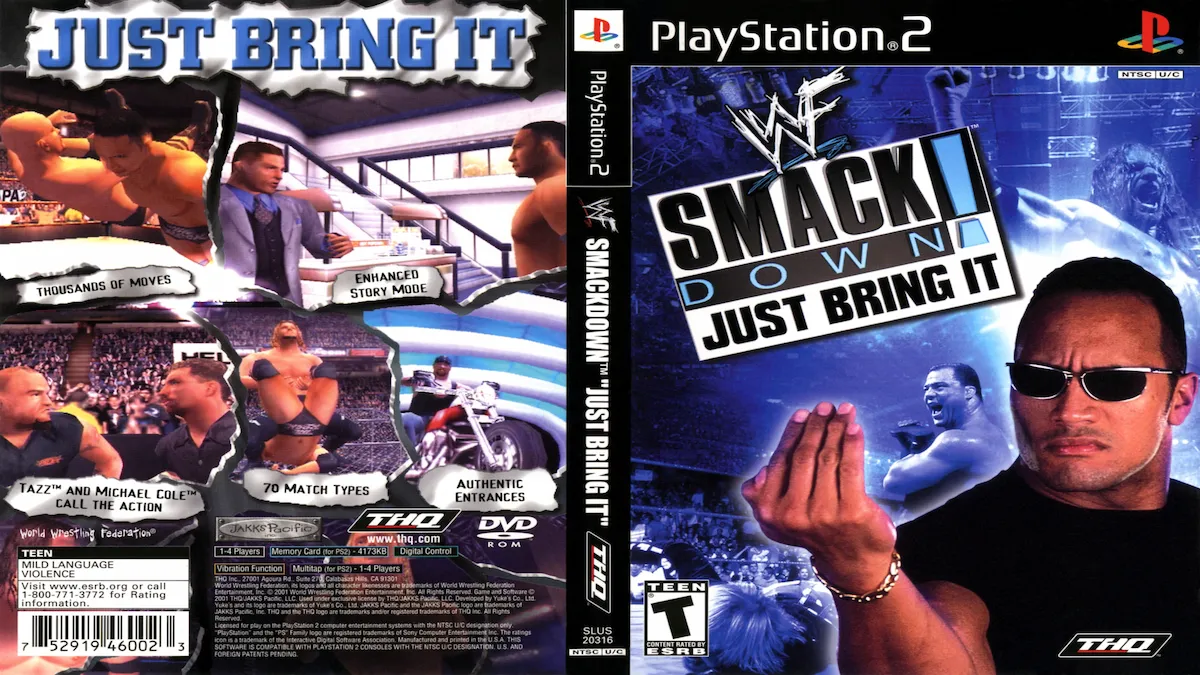
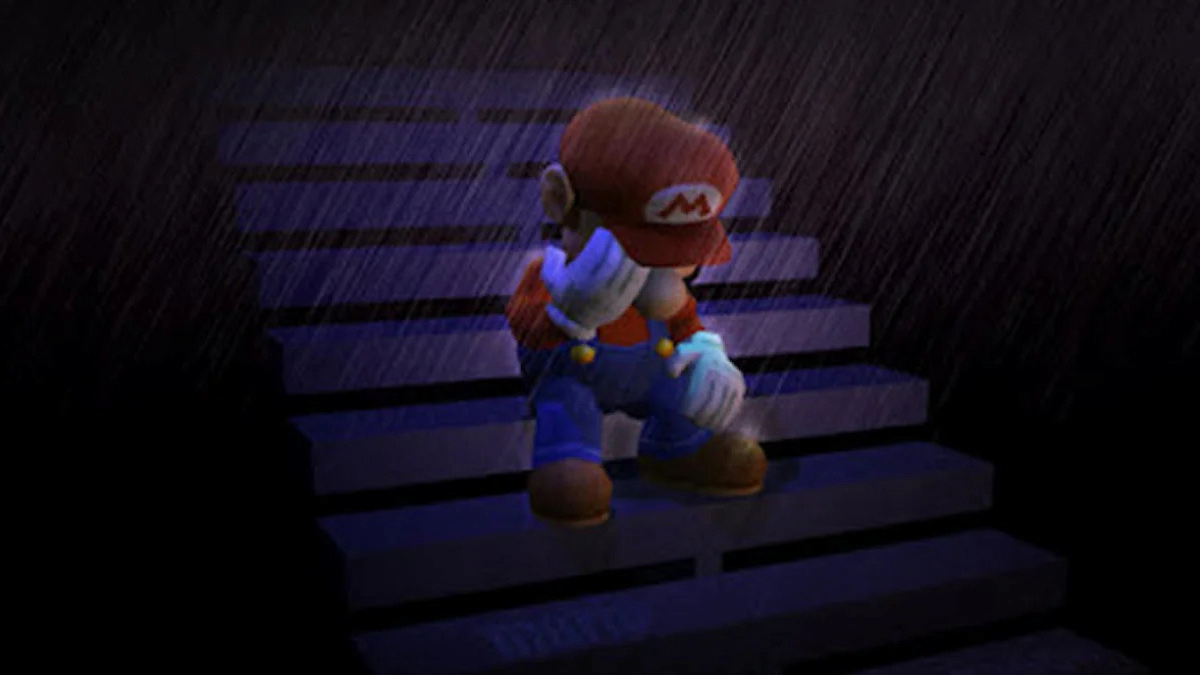
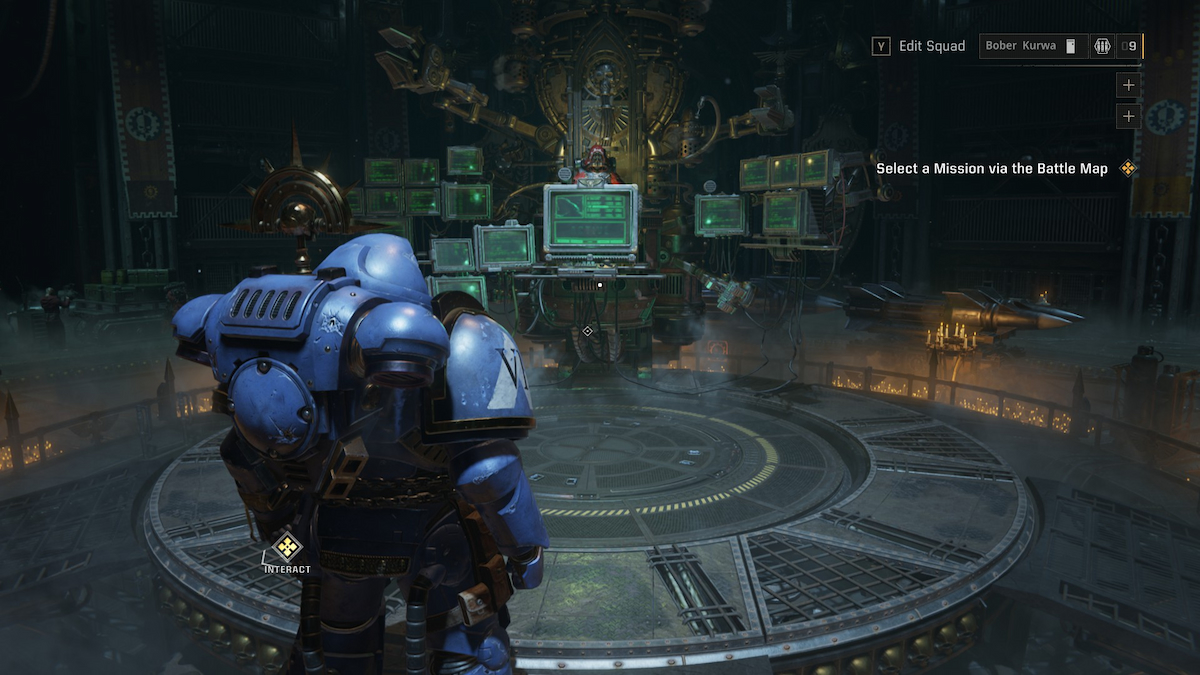
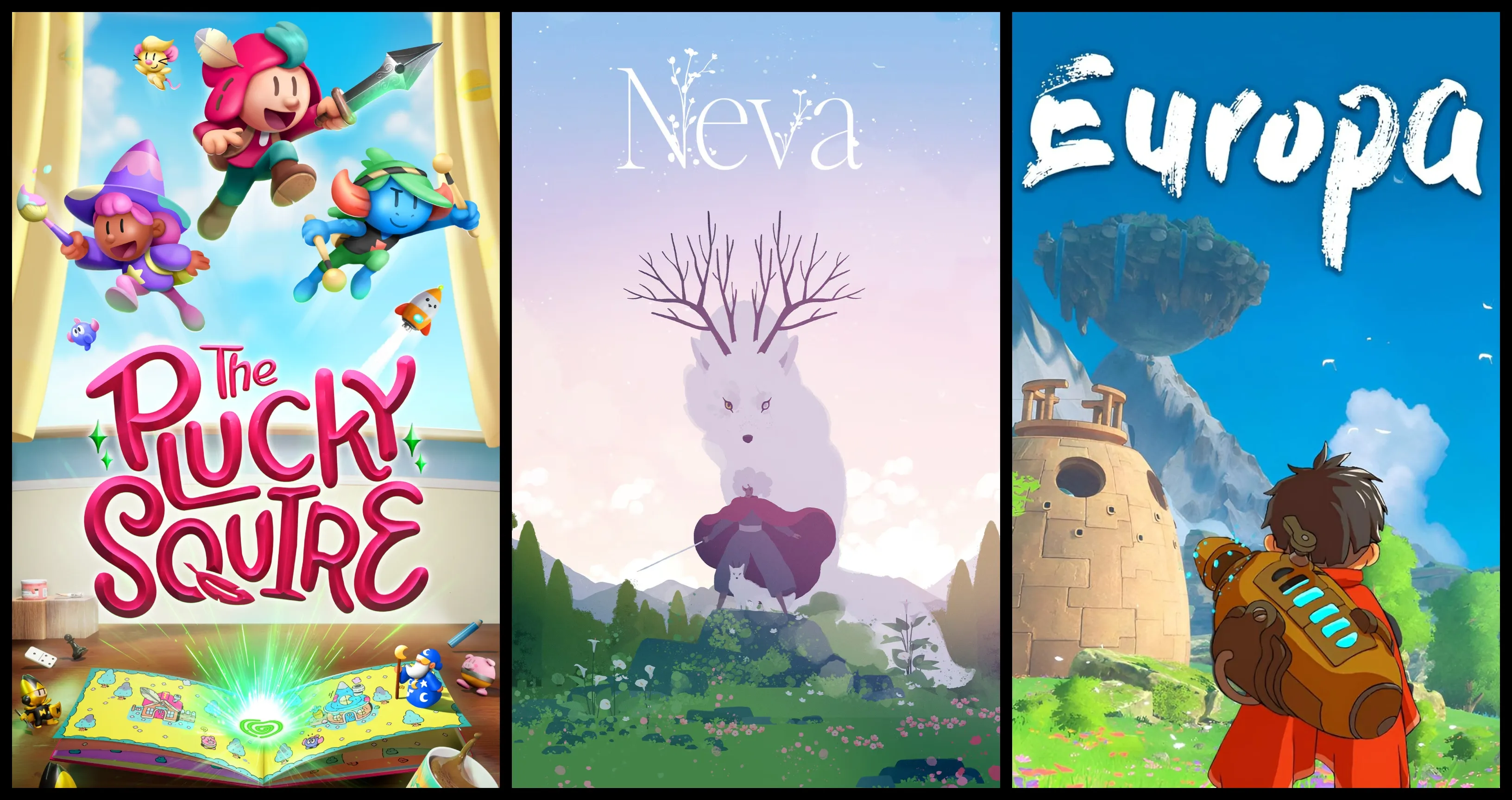
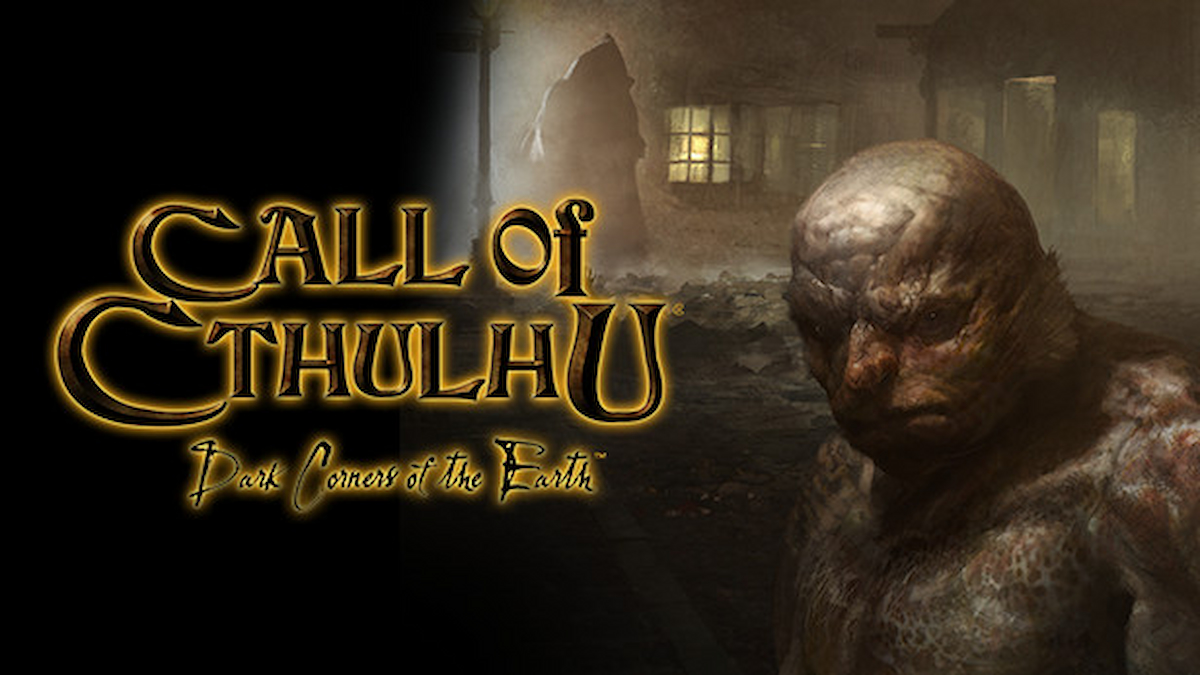
Published: Nov 5, 2018 03:15 pm